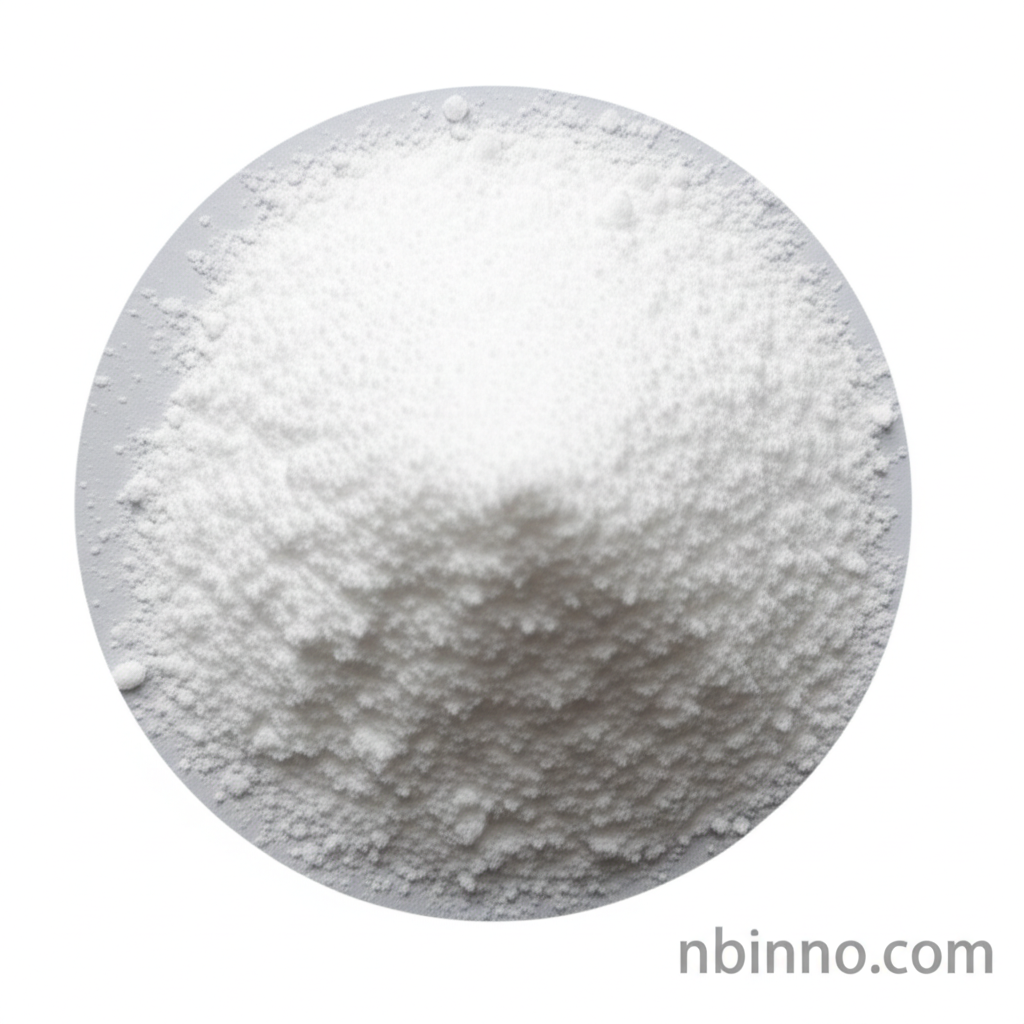5-Bromo-2-chloroisonicotinic Acid: A Key Intermediate in Organic Synthesis
Unlocking the potential of complex molecules with a versatile building block for pharmaceuticals and beyond.
Get a Quote & SampleProduct Core Value

5-Bromo-2-chloroisonicotinic Acid
As a pivotal intermediate in organic synthesis, this compound offers exceptional utility due to its unique chemical structure. Its halogen substituents and pyridine ring provide sites for diverse chemical reactions, making it indispensable for creating complex molecules used in pharmaceuticals, agrochemicals, and advanced materials.
- Explore the 5-bromo-2-chloroisonicotinic acid synthesis pathways to understand its efficient production methods.
- Discover the critical role of pyridine derivatives in modern drug discovery and development.
- Learn about the material science applications leveraging the unique properties of halogenated pyridine compounds.
- Understand why 5-bromo-2-chloroisonicotinic acid is a preferred choice among chemical synthesis building blocks.
Advantages Provided by the Product
Versatile Reactivity
The compound's structure, featuring bromine and chlorine atoms on a pyridine ring, enables participation in a wide array of chemical reactions, including cross-coupling, nucleophilic substitutions, and functionalizations, making it a cornerstone for developing novel chemical entities.
High Purity and Reliability
With an assay purity of ≥98.0%, it ensures minimal impurities in sensitive organic synthesis processes, guaranteeing reliable and reproducible results for researchers and manufacturers alike.
Broad Application Scope
Its utility extends across pharmaceutical development, agrochemical formulation, and material science, underscoring its importance as a key intermediate for various industrial sectors and research endeavors.
Key Applications
Pharmaceutical Development
As a critical intermediate, it aids in synthesizing active pharmaceutical ingredients (APIs), especially for neurological disorders and other therapeutic areas, showcasing its value in drug discovery.
Agrochemical Synthesis
It plays a significant role in formulating herbicides and fungicides, contributing to effective crop protection and advancing sustainable agriculture practices.
Material Science
Its unique properties are harnessed in developing advanced materials, including specialized polymers and coatings, enhancing thermal stability and mechanical characteristics.
Biochemical Research
Utilized in studies focusing on enzyme inhibition and receptor binding, it provides insights into cellular processes and aids in the development of novel therapeutic strategies.
